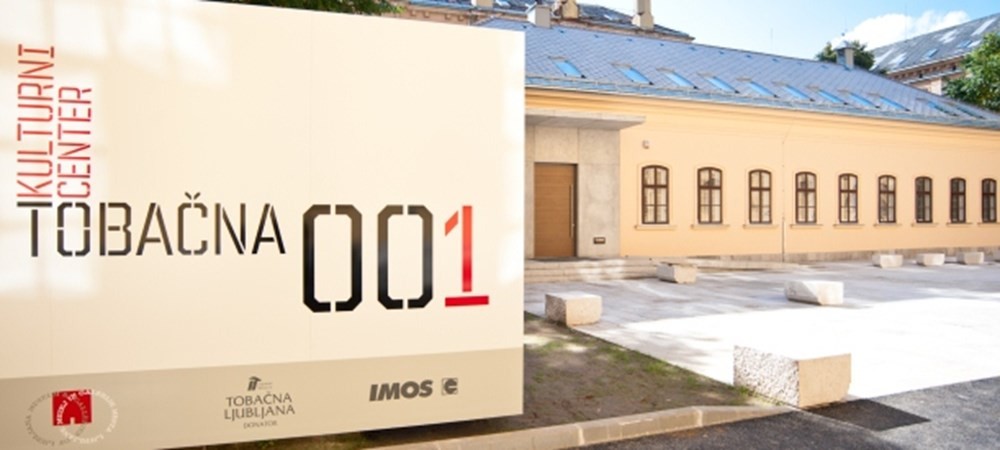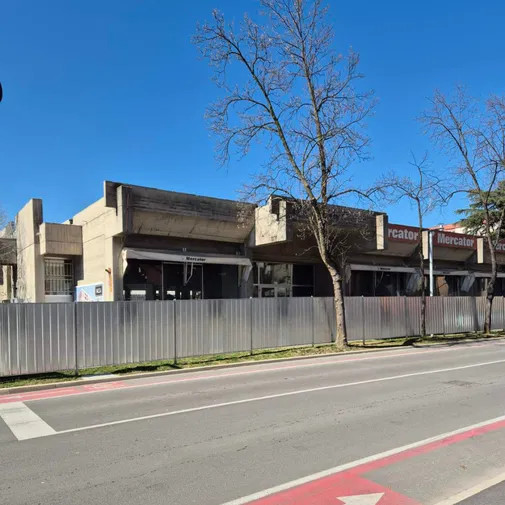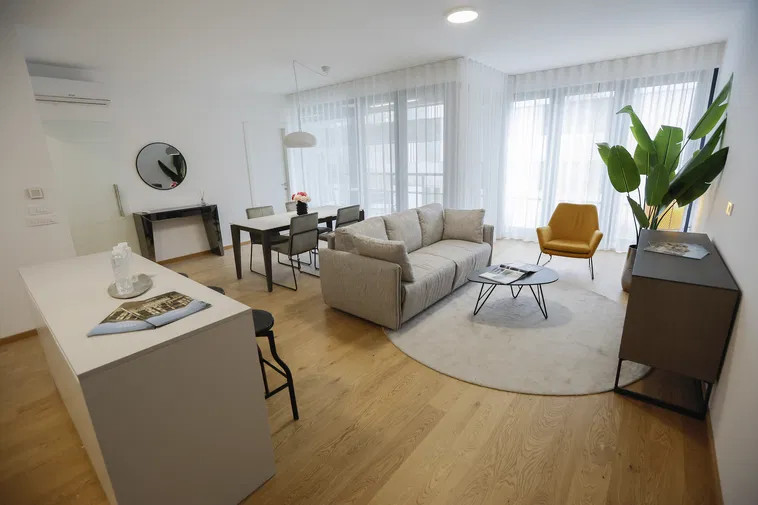Old Ljubljana Tobacco Factory Turning into New Art Centre
Published on 23 september 2015Old Ljubljana Tobacco Factory Turning into New Art Centre
The industrial appeal of the former Ljubljana tobacco factory seems to be attracting an increasing number of artists and cultural organisations.
The once abandoned complex, just west of the city centre, is thus getting a new meaning and purpose and has the potential of becoming a regional art centre, according to stakeholders.
Tobačna was the venue of several festivals in the summer, but the factory, which was closed in 2004, is quite vibrant throughout the year, as it houses several artists and organisations.
The venue attracted attention ten years ago when it hosted the Ljubljana Biennial of Graphic Arts, and started evolving when cultural centre Tobačna 001 opened there in 2011, featuring an exhibition area, a tobacco museum and a residence for artists.
The building of Tobacna 001, which was constructed in 1885 as a bathroom facility for workers but later turned into a cafeteria and archives, was then renovated but kept its original appearance due to its importance for cultural heritage.
Before that, only a night club and local administration offices were operating in the whole of Tobačna complex, so it turned into a "ghost town" after opening hours, Tobačna 001 artistic director Alenka Gregorič remembers.
Founded in January 1871, Tobačna Ljubljana was considered "a town within a town" in its heyday, with its own kindergarten, workers' library, firefighters and a choir.
Today, it also houses an association for interdisciplinary and independent art production Cirkulacija 2 and a creative centre Poligon. With the arrival of Cirkulacija 2 in mid-2014, the old factory got a new beat.
Gregočič believes the complex is experiencing a revival and has the potential of becoming Ljubljana's new cultural and arts centre, also because of its proximity to the city centre.
"It has the charm of industrial buildings and a semi-defined space for which you don't know whether its used for living or people just have offices and workshops there," she says.
Zala Vidali and Tina Dolinšek, producers of the Strictly Analog festival of audio-visual performances, which was held at Tobačna between 30 May and 1 June, also deem the space interesting and progressive.
Tobačna has become an artistic and creative space because its owner is open for cooperation and supports culture and creativity, they say.
Luka Piskorič of Poligon thinks industrial buildings, which have "its patina" and have once played an important social and economic role in urban centres, are very suitable for artists as they allow for various adaptations.
Poligon is currently looking into ten successful transformations of such facilities into cultural and arts centres in Europe, he said, highlighting Tabakfabrik in Austria's Linz, Progetto Manifattura in Trento, Italy and Tabakalera in San Sebastian, Spain.
The problem with Tobačna is, however, that the rooms are let by construction company Imos-G, which is now in receivership. But according to official receiver Grega Erman, the bankruptcy estate might be put up for auction by the end of the year.
Those active in Tobačna can now only hope that the new owner will support the cultural development of the complex. They expect the municipality and the state to intervene if necessary.
"It would be a pity if in spite of the efforts of NGOs and individuals, Tobačna is turned into a zone of private interests. We don't want luxury apartments in Tobačna, but open spaces," Vidali stresses.
According to Piskorič, the response of the public shows that Ljubljana needs such a space for culture. "Tobačna has enormous potential of becoming an important regional creative centre," he believes.
Source: TheSloveniaTimes


